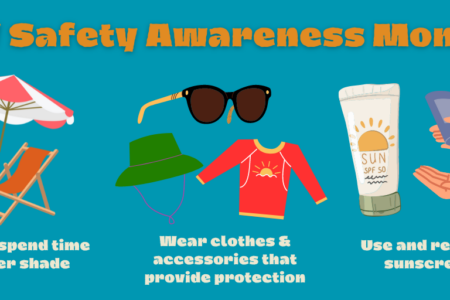
Share On Social!
A new book by mathematician Cathy O’Neil details the ways that math is being “used” to create (both intentionally and unintentionally) further racial inequities and inequalities in the United States.
In a new book entitled Weapons of Math Destruction, O’Neil shows how algorithms and data, which are used in everything from targeted advertising to insurance rates to police presence, are often being used against minorities.
“I worried about the separation between technical models and real people, and about the moral repercussions of that separation,” O’Neil wrote in the book.
In her book, O’Neil’s models all use proxies as stand-ins for what people are actually trying to measure. For example, police officers analyze zip codes to deploy patrols, employers also use credit scores to gauge responsibility, and lenders assess grammar to determine credit worthiness. According to O’Neill, zip codes are stand-ins for race, credit scores for wealth, and grammar for immigration status.
Many of these problems plague the Latino population in the United States and foster economic inequity, which can lead to additional problems. Nationally, Latinos represent 17% of the U.S. population. Latino households experience disproportionate levels of poverty and have lower household income than their White, non-Hispanic counterparts.
“Poor people are more likely to have bad credit and live in high-crime neighborhoods, surrounded by other poor people,” O’Neil said in the book. “[Algorithms] digest that data, it showers them with subprime loans or for-profit schools. It sends more police to arrest them and when they’re convicted it sentences them to longer terms.”
The median income for Latino households ($42,491) is significantly lower than their White, non-Hispanic counterparts ($60,256), and poverty rates for Latinos (24%) were more than double that of non-Hispanic Whites (10%). Ten percent of all Latinos live in “deep poverty,” with incomes below 50% of the federal poverty threshold; this is compared to seven percent of all people in the United States.
“In a vacuum, these models are bad enough,” said O’Neil. “They’re feeding on each other. Education, job prospects, debt and incarceration are all connected, and the way big data is used makes them more inclined to stay that way.”
Read more about this story here.
Explore More:
Access, Education, Health & Cohesion, Healthy Families & Schools, Increasing RecognitionBy The Numbers
142
Percent
Expected rise in Latino cancer cases in coming years



